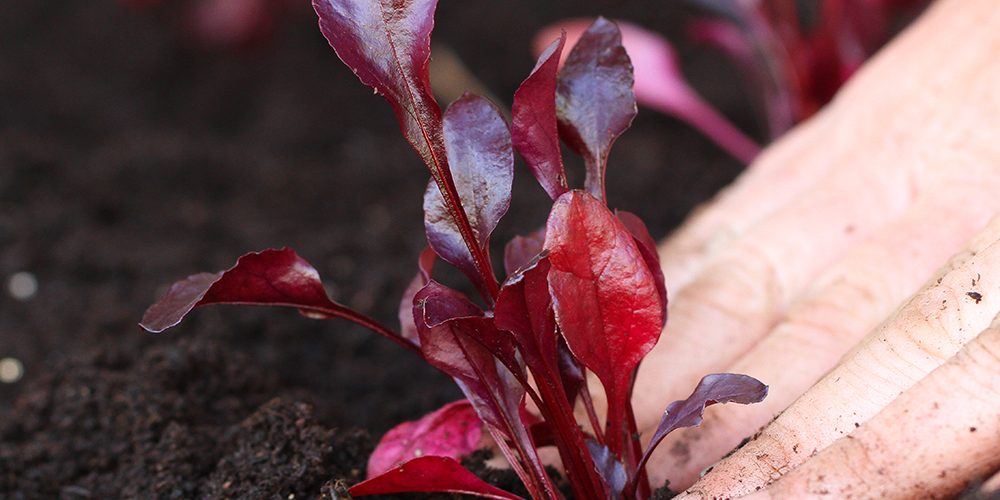The veg planting season is upon us, and we’re here to give you a few words of advice for getting your Rocket Gardens plug plants planted.
Unpacking your plants:
When you unpack your plants from the box of straw in which they arrive, they may look a little weary after their travels. This is perfectly normal and they’ll soon perk up after a drink of water and a dose of daylight.
Each type of plant (but not every single individual plant) will have a label so that you can identify them. As you unpack them, lay them out into their respective plant types (eg. lettuce, cauli flower, peas) and keep them in their groups to make it easier to plant them in the right places later.
To revive the seedlings and get them ready for planting, take each plant and carefully submerge the roots for a few minutes in a container of clean water (it’d be even better if you add some wormcast liquid feed to the water beforehand.)
Preparing pots & containers:
Fill any pots and containers that you are using with a small layer of stones (an inch or so deep) to aid drainage, and then add your compost and firm down slightly. The compost should come up to within 3-5cm of the rim so that the pot is nice and full giving more room for the roots of your plants.
Preparing beds:
Make sure any beds are free from weeds, then dig them over well and rake them to remove any big lumps of earth. Try and create a top layer of loose, fine soil (about an inch thick). Or, if you can, top the bed up with a nice layer of fresh compost. This will add new nutrients and will improve soil quality and texture over the coming months.
Planting your seedlings:
Using a trowel or dibber, make a hole in the compost/soil that is just large enough to accommodate the roots of the plant. Ideally, sprinkle in a small handful of wormcast fertiliser as well. This will give your plants a great start in their new home and help to feed them throughout the growing season.
Pop the plant into the hole, making sure it is standing upright (with the leaves pointing upwards!) Now water it in using a watering can with a rose attached. As the water falls it will push the compost/soil in around the roots. You can lightly firm it in with a little extra compost if needs be (all the roots should be completely covered).
That’s it. Simple as that.

